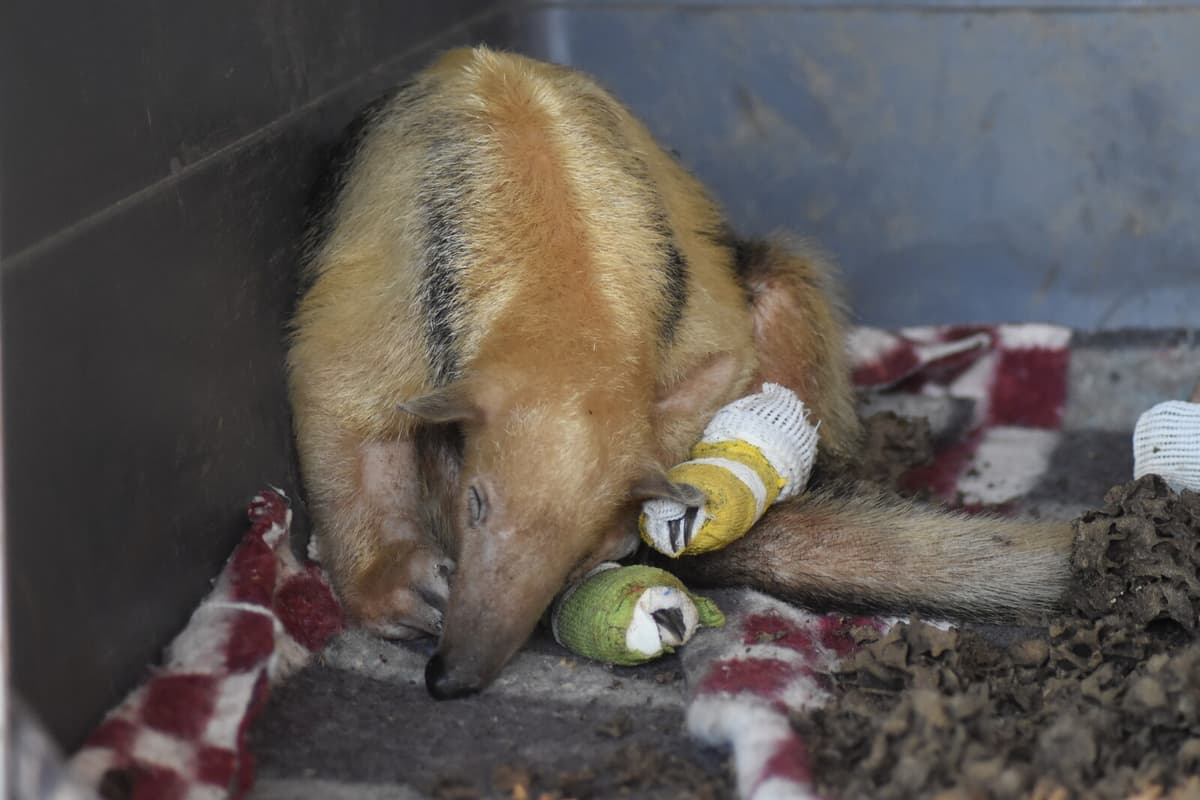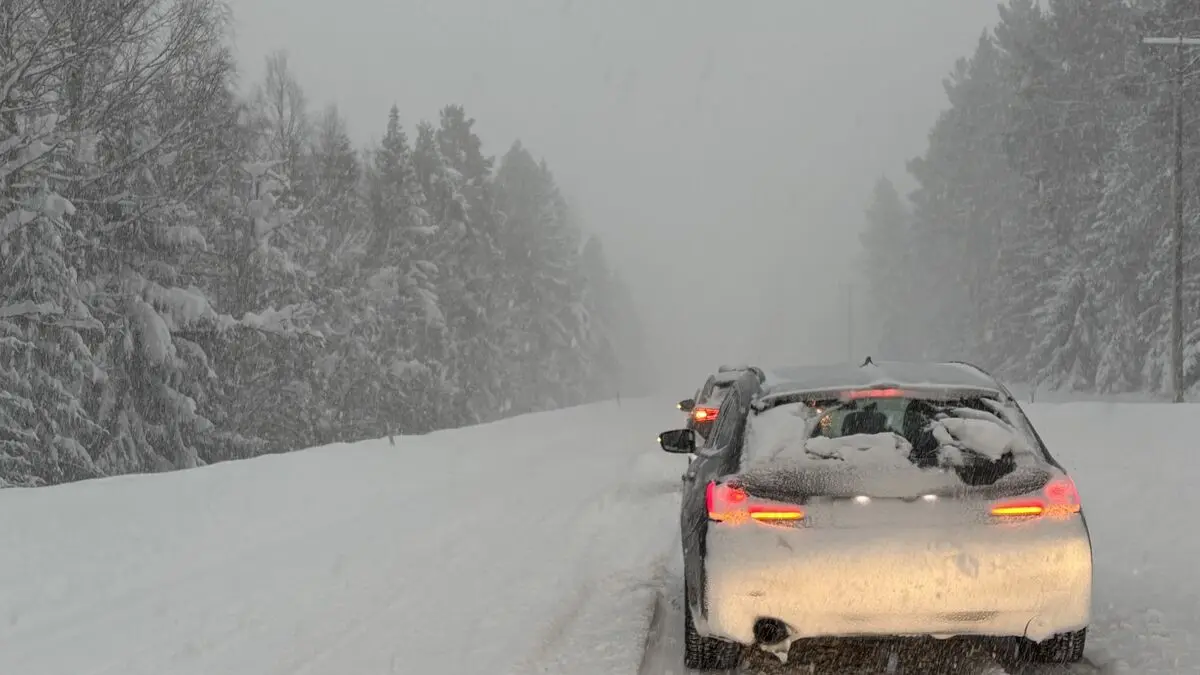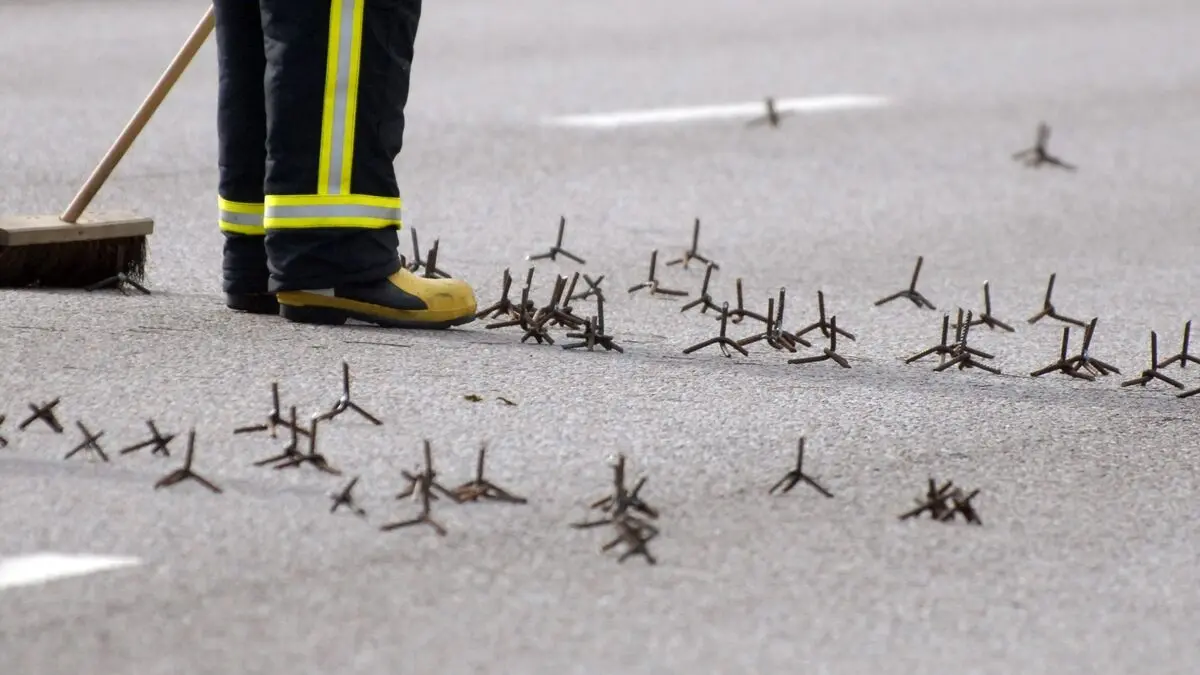The World Wildlife Fund (WWF) describes an acute situation with extensive forest fires in South America.
In the Brazilian part of the Amazon, around 105,000 fires have started this year (until the end of September). This is an increase of 84 percent compared to the same period last year. And if you count all natural fires in Brazil, outside of the Amazon as well, an area equivalent to half of Sweden has been ravaged by fire this year.
Rapid developments
There have been rapid developments and large areas, so there is nowhere to flee, says Olle Forshed.
Tree-dwelling species, such as ants and sloths, are among those that are severely affected.
Even if they may survive the flames, they then have nowhere to return to.
This year has been the driest ever in the region. Another strong contributing factor to the extent and frequency of the fires is deforestation. A rainforest should not be able to burn, notes Olle Forshed.
But when you thin them out and cut down parts of them, it becomes drier in these forests.
Dangerous tipping point
Deforestation has gone so far that the Amazon is approaching a dangerous tipping point. So far, the giant rainforest area as a whole functions as a carbon sink, absorbing much of the carbon dioxide emitted. If the tipping point is passed, the Amazon will instead become a source of carbon dioxide emissions.
Today, it is estimated that 17 percent of the Amazon has been deforested. The tipping point is believed to occur when the area is deforested to 20-25 percent.
If it happens, it will have an irreversible effect, then it will become a drier climate on this continent. The rainforest cannot exist and other types of ecosystems will form. It will become drier and savannah-like.
The Amazon is the world's largest tropical rainforest area. In the Brazilian part of the Amazon, the number of fires from January to September this year has been 84 percent higher than last year.
Most of the fires have been caused by humans, including in connection with burning land to create new agricultural and grazing areas.
Deforestation and thinning of forests make them more prone to fire.
The recent months' forest fires in South America have been the worst in over 20 years, according to the EU's climate service Copernicus.






